Erik Regidor: “The treatment of peri-implant diseases is on the rise. That is why we need to be more precise when it comes to giving a prognosis to the diseased implants of our patients “
We spoke with Erik Regidor, specialist in Periodontics and member of the Perio-Centrum Bilbao team, about the publication of the first article of his thesis, Efficacy of reconstructive surgical thera-py in bone defects related to peri-implantitis. A systematic review and meta-analysis, in the Journal of Clinical Periodontology together with two of the most recognized specialists in the world in pe-riimplantitis (Derks & Tomassi).
1- This first approved publication of your thesis is based on a review by Jan Derks and Cristiano Tomasi. What do these two figures mean to you?
For me it has been an honor to be able to work with world-class professionals such as Jan Derks and Cristiano Tomasi. It has been a huge learning experience and I am grateful for the predisposi-tion to help me that they have had at all times, even when I was stuck at some time. It has been very didactic for me to see professionals of such high-level work and strive to be so strong. For my part I only have words of gratitude, both for them and for Alberto Ortiz-Vigón. The truth is that for someone who is starting to see how professionals with a more than consolidated career strive so much is a true example to follow.
2- While the documentation on reconstructive surgery is extensive around teeth, the evidence on periimplantitis is scarce. Was this fact what inspired your thesis or was there another point of de-parture?
While it is true that in resective and regenerative therapy around teeth scientific knowledge and literature is extensive, we cannot say the same thing about implants. So far we have shied away from saying that there is not enough literature to support one type of treatment or another but the treatment of peri-implant diseases is on the rise and that is why we need to be more precise when it comes to giving a prognosis for our patients’ diseased implants. Hence, the inspiration came in wanting to properly treat the peri-implant pathology that increases its numbers to be somewhat dramatic in some cases.
3- The majority of the population does not know what periimplantitis is. Its high prevalence and its consequences. How can we raise awareness of the importance of oral health in connection with general health?
I think it is the task of the professional who places the implants to raise awareness of the patient before placing them. It is fundamental that we warn our patients that the appearance of biological complications around the implants is something very plausible and that, therefore, once the im-plants are placed they will need extra motivation with their teeth to be able to maintain them healthy as long as possible, in addition to periodically ensuring the maintenance that is established by professionals.
4- What did the studies carried out over 12 months on 116 implants confirm?
Despite the heterogeneity of the studies included in the review, it can be concluded that there is an improvement in peri-implant bone levels of 2mm and insertion of 1.8mm and bone filling of 57% at the radiographic level. The reduction in probing depths was 2.8mm on average and the recession 0.7mm. I would also like to emphasize the absence of studies that report patients’ prior and subse-quent treatment satisfaction.
5- What does the success of a treatment with these characteristics depend on? What factors have influence?
It is difficult to reach solid conclusions given that there is neither long-term literature nor do the studies use the same materials. Hence, the conclusions we can draw are limited. Even so, the most influential factors to maintaining the health that is estimated to be obtained after a surgical treatment of periimplantitis are, at the systemic level, tobacco, and at the local level, personal and professional hygiene, access to hygiene for a restoration that anatomically allows it and the surface of the implant in question.
6- Now that we are increasingly dedicated to big data, what analysis have you been able to make in your thesis? How far have you been able to delve into the data? What data would you consider most important?
I think it’s a great help when it comes to analyzing such different data from studies with such hete-rogeneous designs. The main utility that it can have in the health professions is that it is very valid as a tool to detect hidden patterns and / or correlations or associations that until now were unknown.
7- Finally, tell us about the potential benefits of reconstructive therapy applied to defects related to periimplantitis
Obviously, today there is more literature that supports long-term results with resective therapy compared with regenerative therapy. We not only have to take into account the clinical parameters but also the opinion, perception and satisfaction of our patients. Although the detention of patholo-gies has been more predictable with resective approaches, the aesthetic appearance of this type of approach is at least questionable, given that it causes a recession and leaves the metallic neck of the implant visible. Hence, wanting to reconstruct the hard tissue lost around an implant and gain insertion around it should be the primary objective in order to reestablish health.
If you want to read the article, click here.


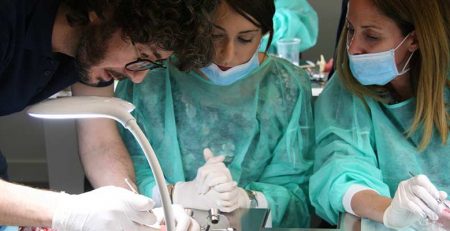
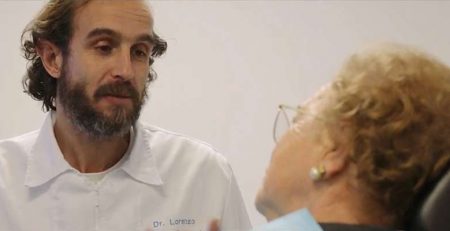
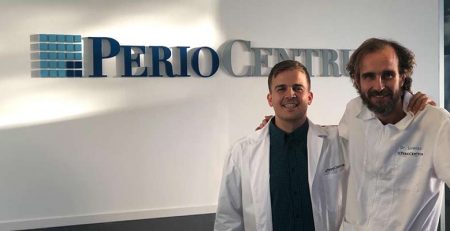

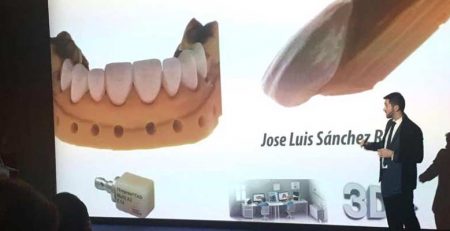
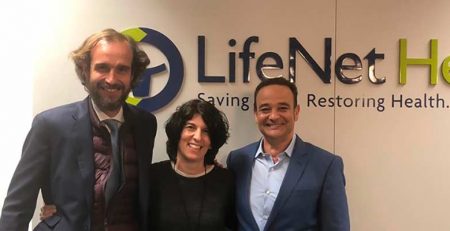
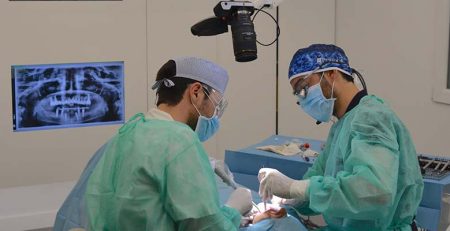



Leave a Reply